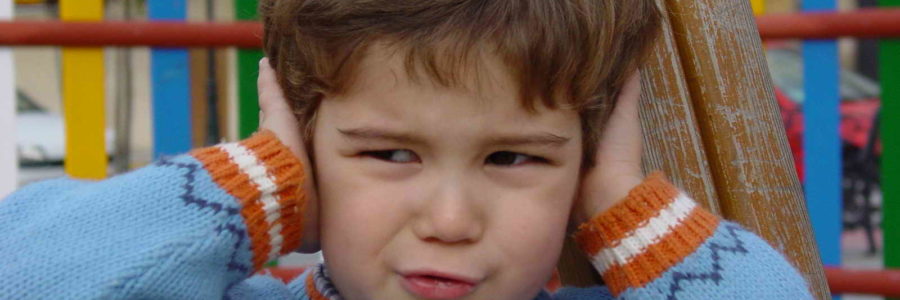
With people spending more of their time indoors every day, it is important to examine how indoor air quality can be impacting your health. Many agree that indoor air pollution is more of a concerning health hazard for Americans than outdoor air pollution, simply because we’re spending more and more time indoors. Whether you’re indoors at work or kicking back and enjoying a family dinner at home, make sure your indoor air is keeping you healthy with by checking with your Denver commercial heating and cooling company. Here’s a guide to helping you improve your indoor air quality:
Indoor Air Quality Concerns
All of us face a variety of risks to our health as we go about our day-to-day lives. Driving in cars, flying in planes, engaging in recreational activities, and being exposed to environmental pollutants all pose varying degrees of risk. Some risks are simply unavoidable. Some we choose to accept because to do otherwise would restrict our ability to lead our lives the way we want. And some are risks we might decide to avoid if we had the opportunity to make informed choices. Indoor air pollution is one risk that you can do something about.
In the last several years, a growing body of scientific evidence has indicated that the air within homes and other buildings can be more seriously polluted than the outdoor air in even the largest and most industrialized cities. Other research indicates that people spend approximately 90 percent of their time indoors. Thus, for many people, the risks to health may be greater due to exposure to air pollution indoors than outdoors.
In addition, people who may be exposed to indoor air pollutants for the longest periods of time are often those most susceptible to the effects of indoor air pollution. Such groups include the young, the elderly, and the chronically ill, especially those suffering from respiratory or cardiovascular disease.
Indoor Air Quality in Your Home
What Causes Indoor Air Problems?
Indoor pollution sources that release gases or particles into the air are the primary cause of indoor air quality problems in homes. Inadequate ventilation can increase indoor pollutant levels by not bringing in enough outdoor air to dilute emissions from indoor sources and by not carrying indoor air pollutants out of the home. High temperature and humidity levels can also increase concentrations of some pollutants.
Pollutant Sources
There are many sources of indoor air pollution in any home. These include combustion sources such as oil, gas, kerosene, coal, wood, and tobacco products; building materials and furnishings as diverse as deteriorated, asbestos-containing insulation, wet or damp carpet, and cabinetry or furniture made of certain pressed wood products; products for household cleaning and maintenance, personal care, or hobbies; central heating and cooling systems and humidification devices; and outdoor sources such as radon, pesticides, and outdoor air pollution.
The relative importance of any single source depends on how much of a given pollutant it emits and how hazardous those emissions are. In some cases, factors such as how old the source is and whether it is properly maintained are significant. For example, an improperly adjusted gas stove can emit significantly more carbon monoxide than one that is properly adjusted.
Read the full article at cspc.gov

 trends. This system will allow you to get full insight on the humidity in your home and adjust the heating or AC to compensate.
trends. This system will allow you to get full insight on the humidity in your home and adjust the heating or AC to compensate.
 building trends also focus a great deal on protecting the environment. Green roofs, low-impact building practices and recyclable materials such as metal for siding and various other areas of the home are just the beginning.
building trends also focus a great deal on protecting the environment. Green roofs, low-impact building practices and recyclable materials such as metal for siding and various other areas of the home are just the beginning.










